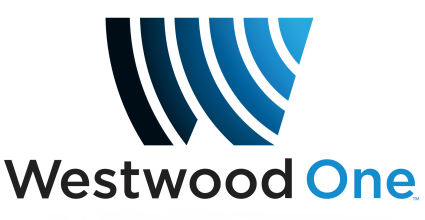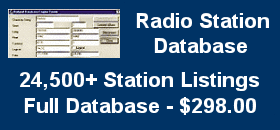Advertisement
|
Strategies to Successfully Advertise in Local Audio
| RADIO ONLINE | Monday, January 3, 2022 | 1:57pm CT |





|
 |
With the shift of TV audiences to advertising-free video platforms, local advertisers are turning to audio to build their brands and drive sales. This week's Westwood One Audio Active Group blog outlines five strategies to help build a successful local audio plan.
1. Allocate the budget to align with how people use audio: A well-balanced audio campaign puts 63% of the budget into over-the-air AM/FM radio and 11% into AM/FM radio streaming. 26% of the budget goes to a combination of pureplay streaming and podcasts.
2. Determine the monthly campaign objective (minimum, maintenance, high impact, or launch/grand opening) and budget accordingly: To determine the monthly budget, multiply the market cost per point against the GRP levels. In a market with a $10 cost per point, the minimum monthly campaign would be $2,000. The grand opening campaign would be $5,000 per month.
3. Align impressions and media weight with listening by time period to get the largest possible campaign reach: Per Nielsen, 60% of AM/FM radio listening occurs outside of morning and afternoon drive. Spread media weight across all days and dayparts. About a quarter of media weight should run in middays. Place 20% of the budget respectively into weekends, mornings, and afternoons. 8% goes to nights and 5% to overnights.
4. Find the right audience with AM/FM radio programming formats: While the audience composition of TV shows can vary widely, AM/FM radio station programming formats are very cohesive, appealing to the same audience around the clock. Find the AM/FM radio programming formats that match your target using either median age, total reach, gender skew, presence of children, or household size.
5. Based on the marketing objective, determine the weekly number of ads to run on a station from four types of schedules (very light, light, medium, or heavy): A very light station schedule reaches one-third of a station's audience an average of 1.4 times. A light schedule reaches half of a station's audience two times. A medium schedule reaches two-thirds of a station's audience three times. A heavy schedule reaches 78% of a station's audience 4.3 times.
Advertisement
|
Latest Radio Stories
Senators Urge FCC to Modernize Broadcast Ownership Rules
|
Jon Grayson Retires from KMBZ After 30 Years in Radio
|
Veteran Seattle Radio Host Kevin Diers Dies at 39
|
Advertisement
|
PodX Group to Acquire Majority Stake in Lemonada Media
|
Radio Ad Responders Spend More, Katz Analysis Finds
|
Saga Communications Q1 2025 Net Revenue Down 4.3%
|

















